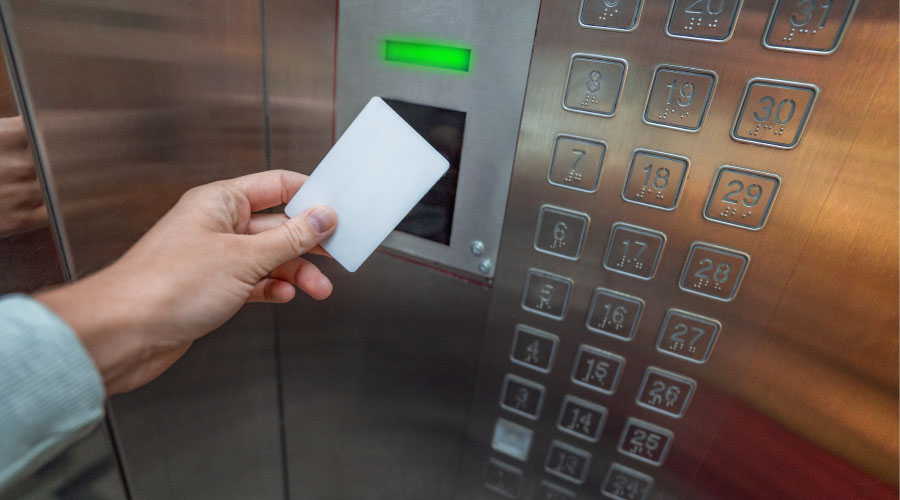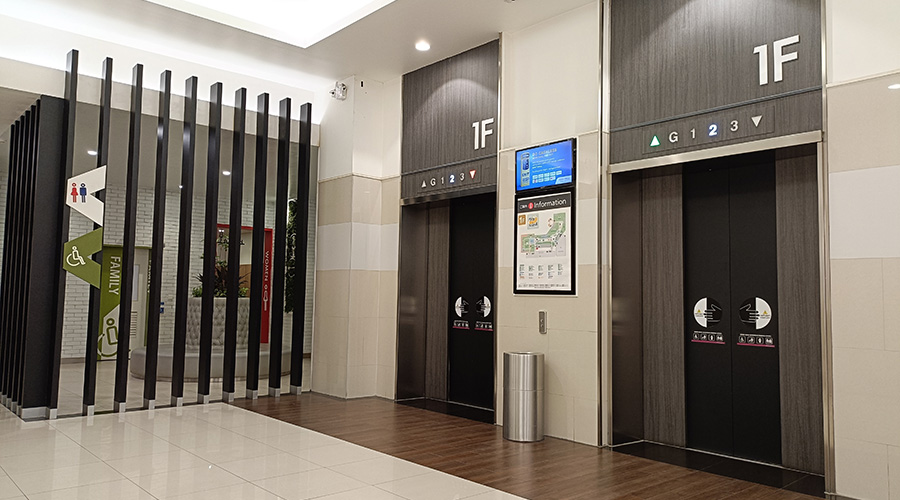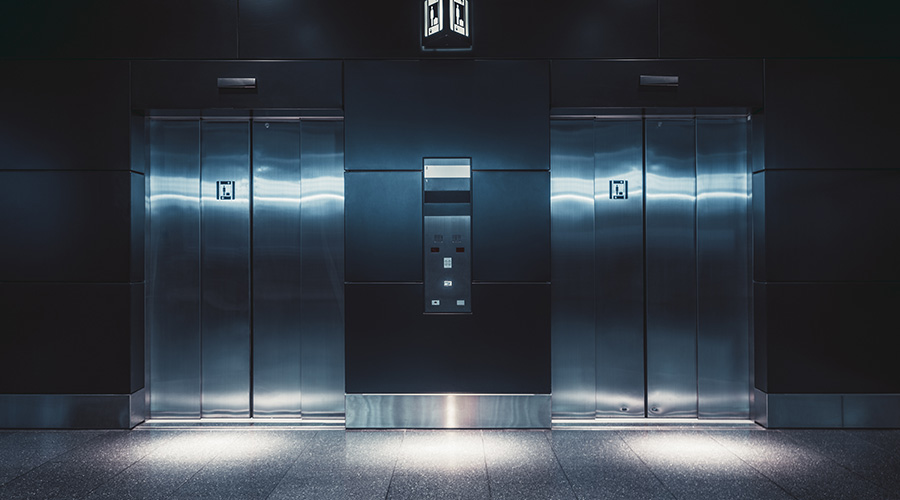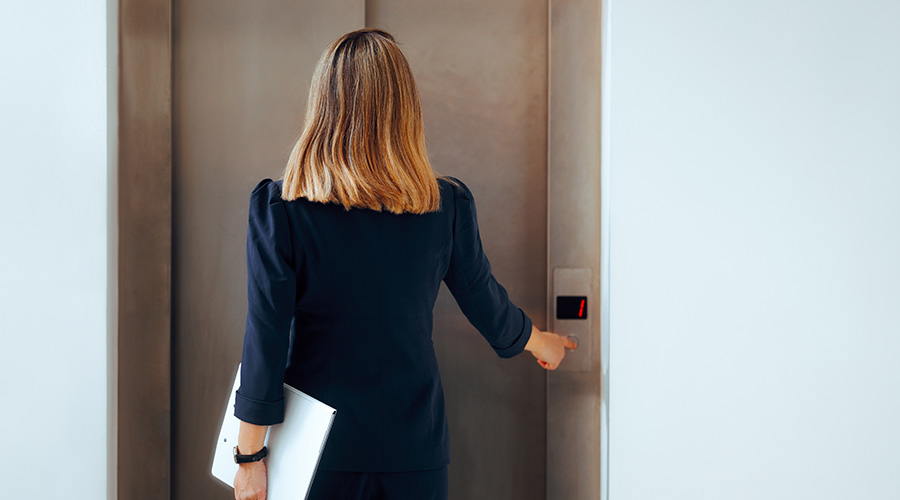ICC And NFPA Approve Code Changes for High-Rise Buildings
The International Code Council (ICC) made numerous revisions to its codes to make high-rise buildings safer.
The ICC’s International Building Code includes a requirement for a third stairwell for buildings taller than 420 feet. Exit stairways must be 50 percent wider. Exit stairways and elevator shafts must be hardened in buildings more than 420 feet high. A fire service elevator is required in buildings more than 120 feet high.
The National Fire Protection Association (NFPA) made similar changes in the 2009 version of its code. “Both groups have pretty much adopted the same requirements for the 2009 editions,” says Richard Bukowski, coordinator, codes and standards for the National Institute of Standards and Technology.
For more information on the 23 building and fire code changes, see Facilitiesnet News "ICC Approves New Code Changes Based on Recommendations from NIST World Trade Center Investigation".
Related Topics:














